Vietnam travel tips
Vietnam travel tips: In Southeast Asia, boasts stunning landscapes, rich history, vibrant culture, and delicious cuisine, including iconic pho and banh mi.
Areas 🌎
Vietnam travel tips. Here is a list of all the areas of the Vietnam.
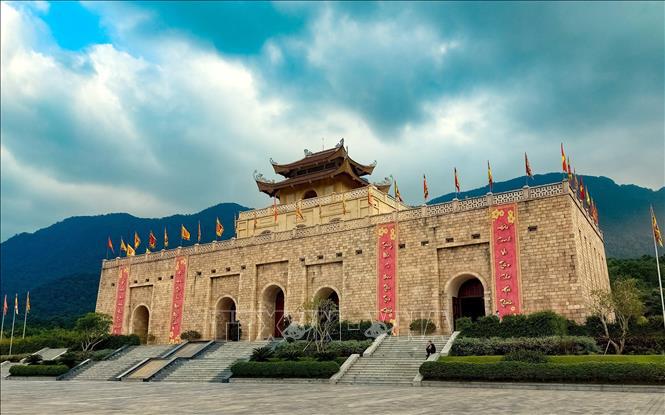
Bac Giang

An Giang

Bac Kan
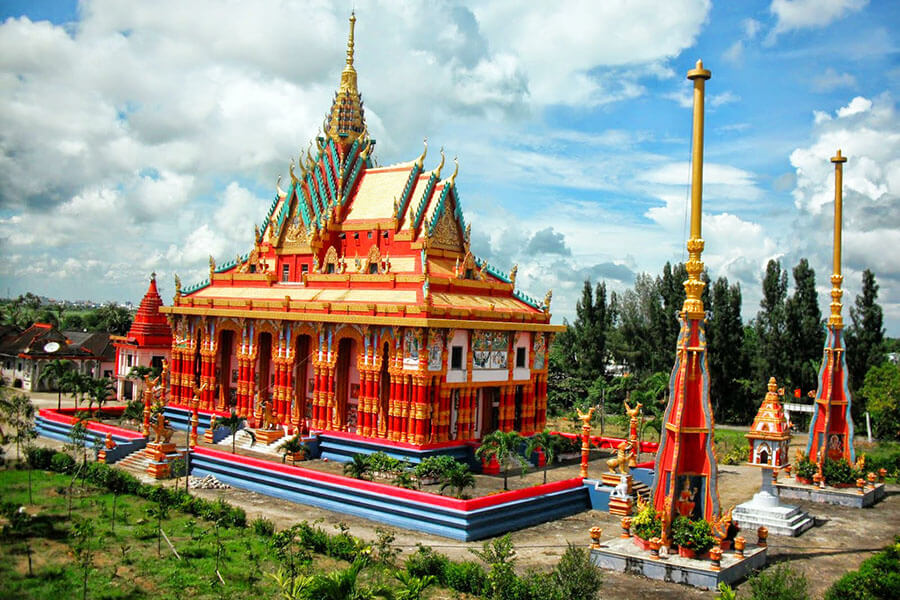
Bac Lieu
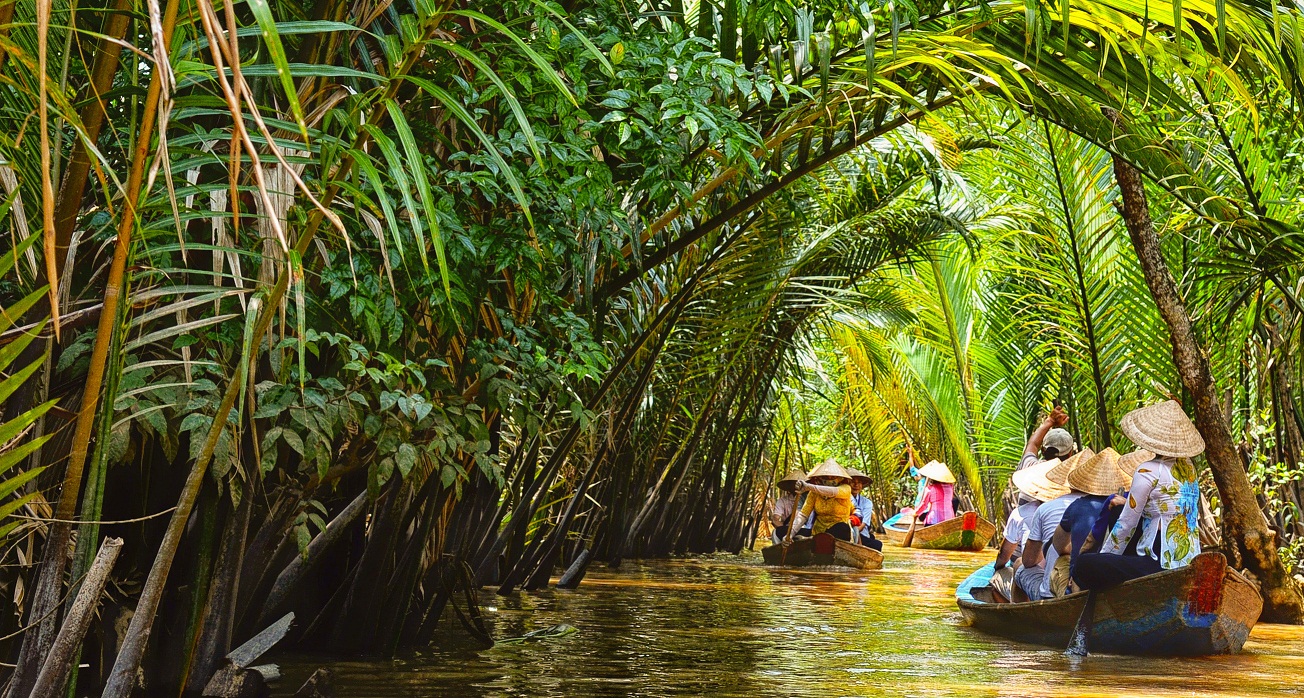
Ben Tre

Bac Ninh
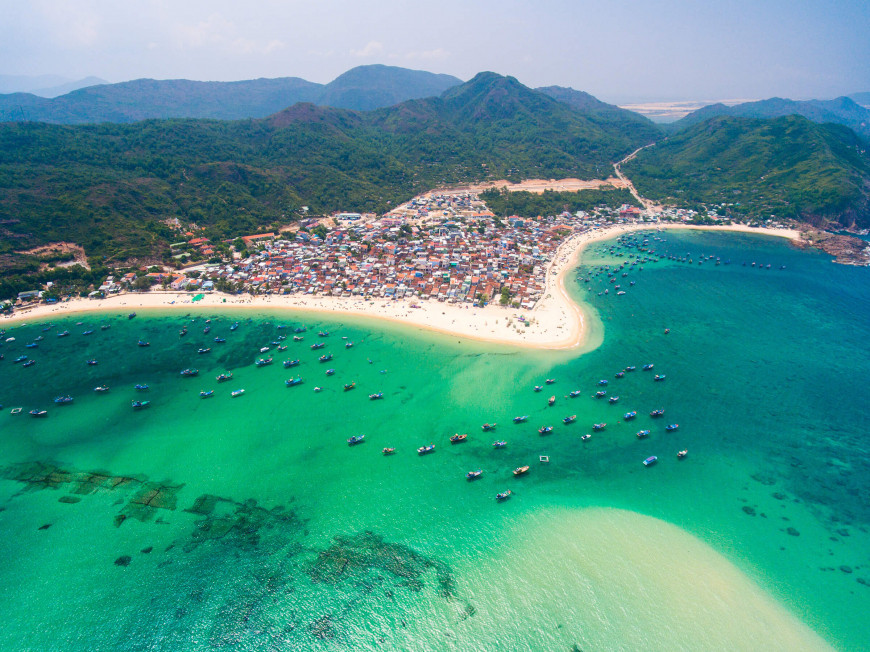
Binh Dinh
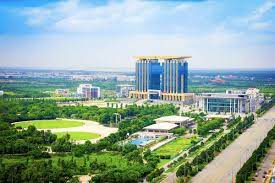
Binh Duong

Ca Mau
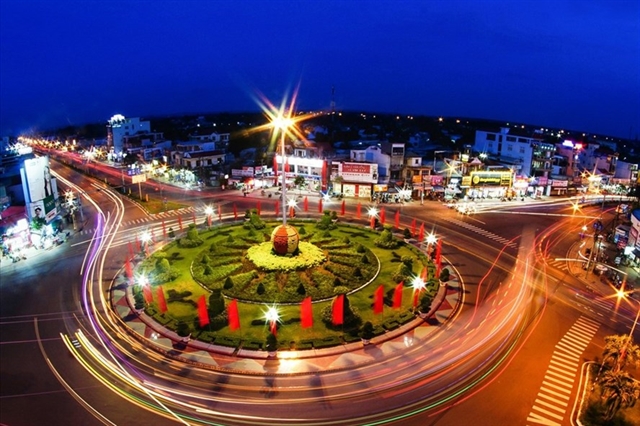
Binh Phuoc

Binh Thuan

Cao Bang
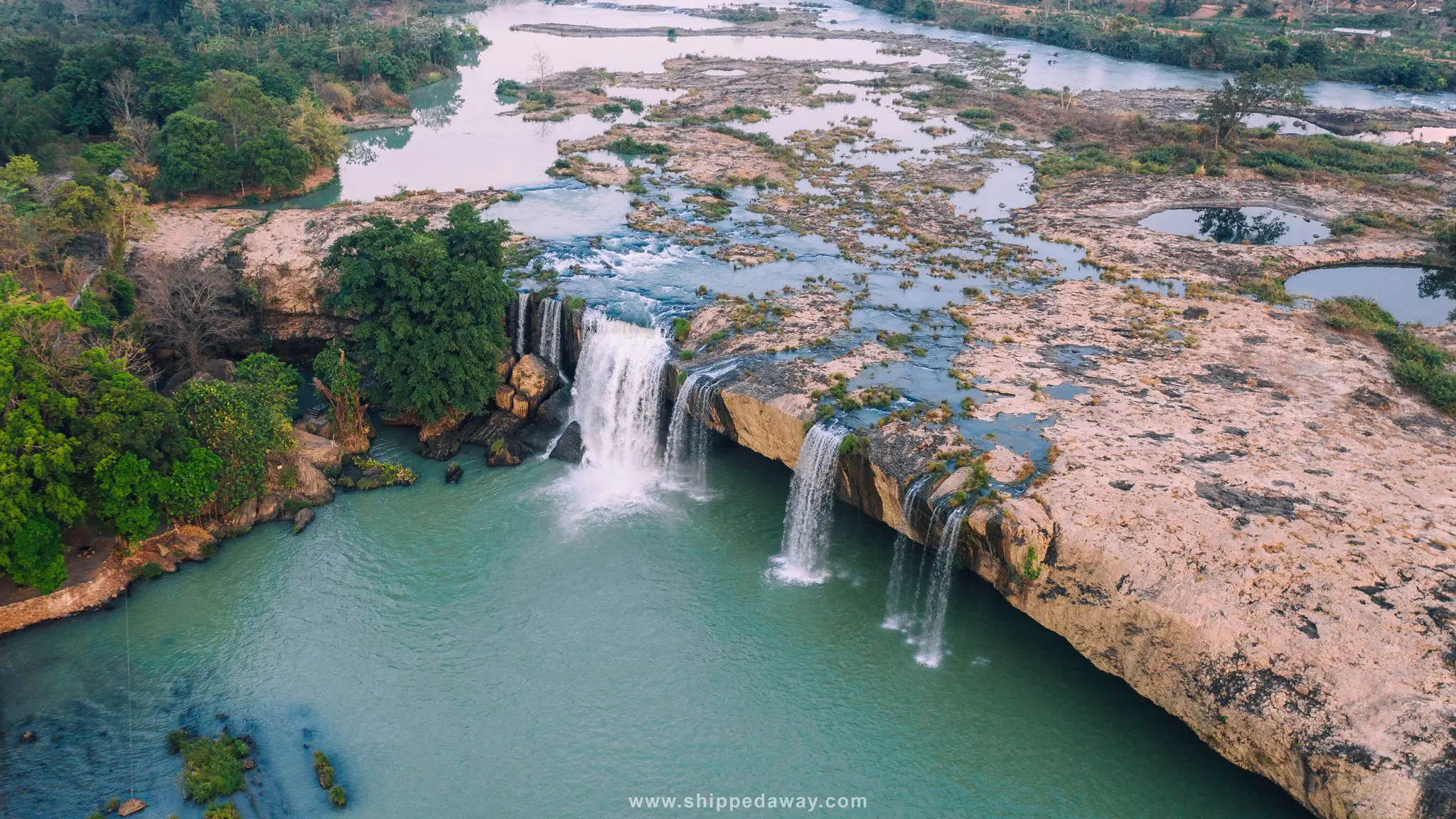
Dak Lak

Dak Nong
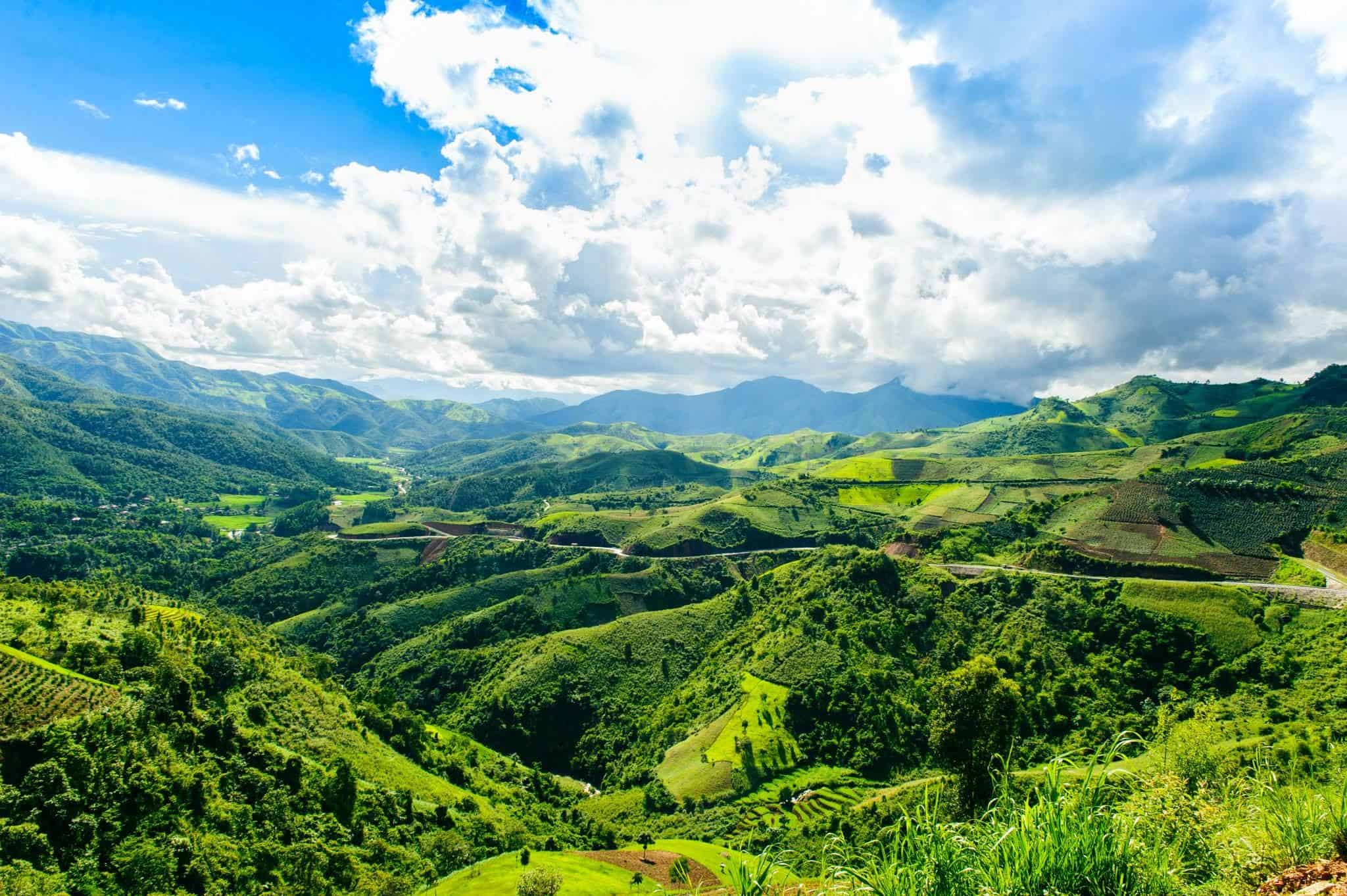
Dien Bien
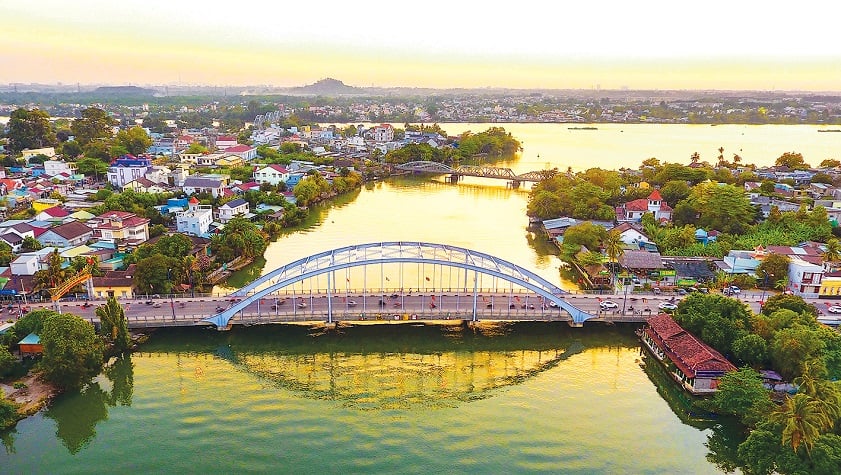
Dong Nai

Dong Thap
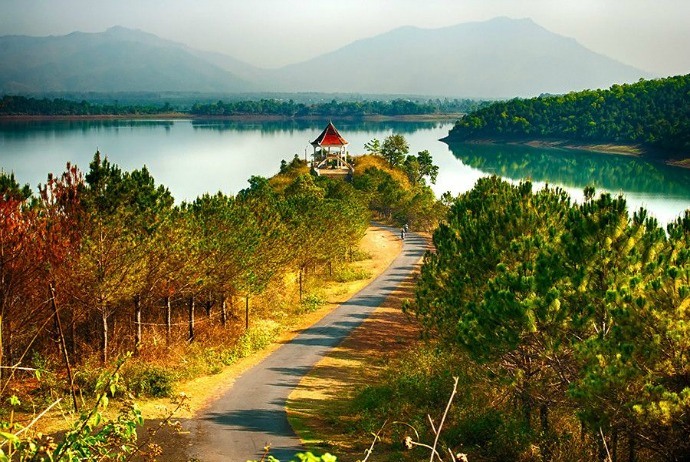
Gia Lai

Ha Giang

Ha Nam
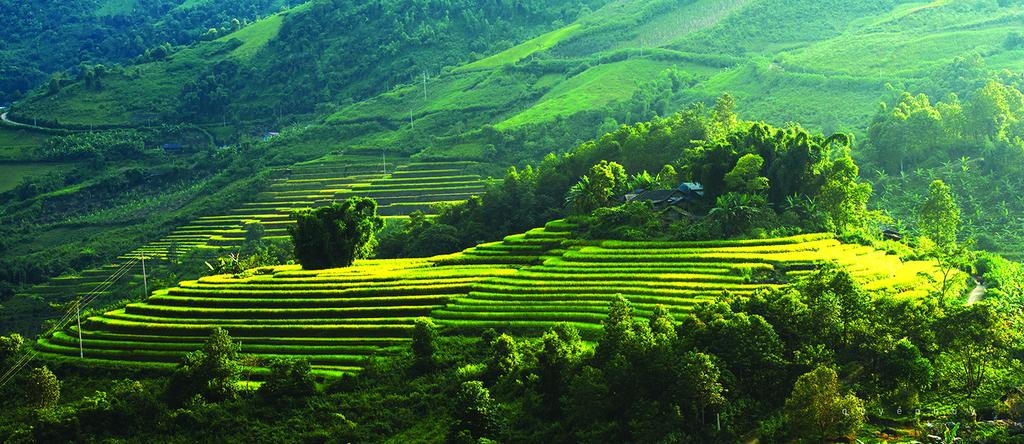
Hoa Binh
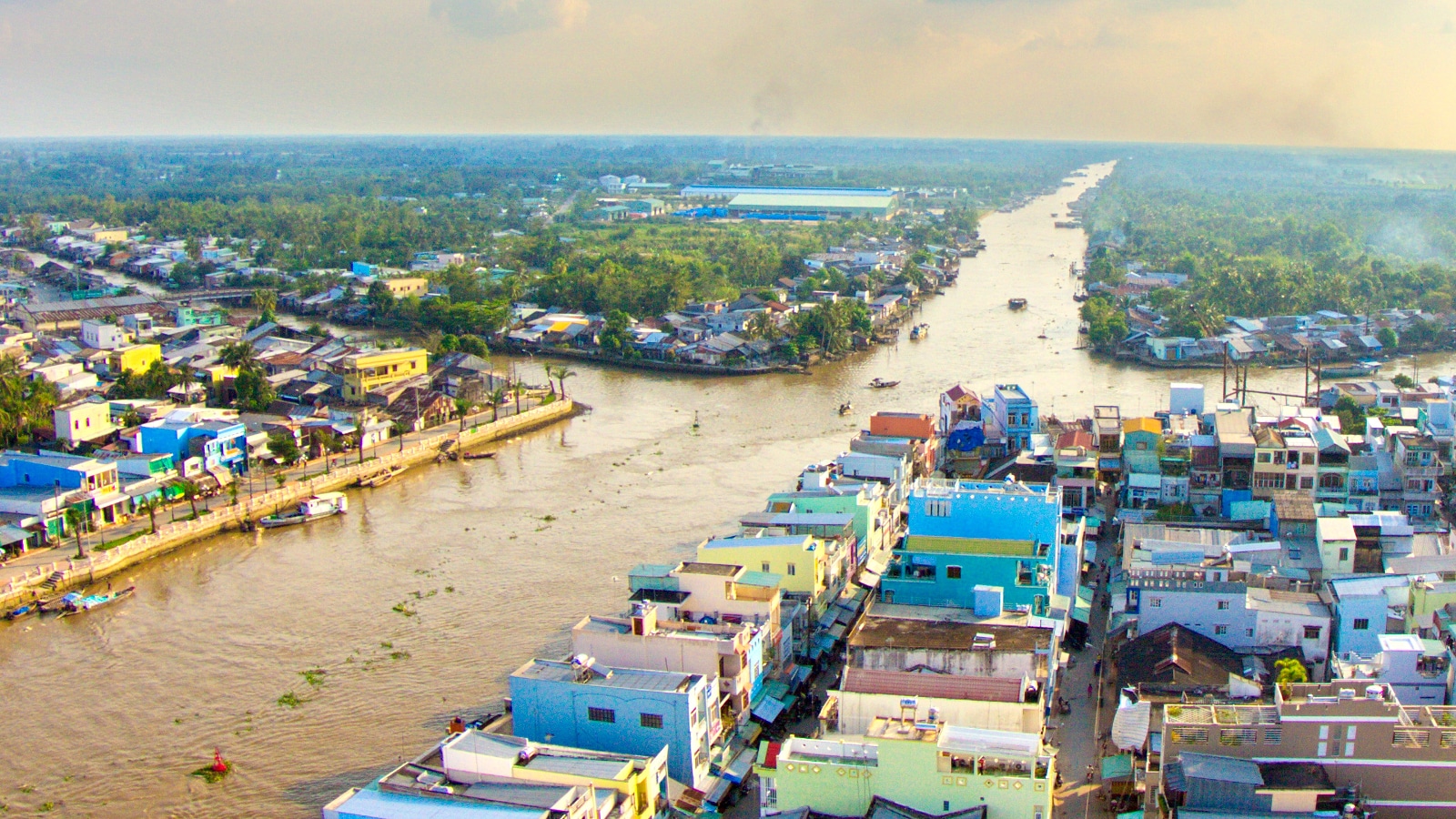
Hau Giang
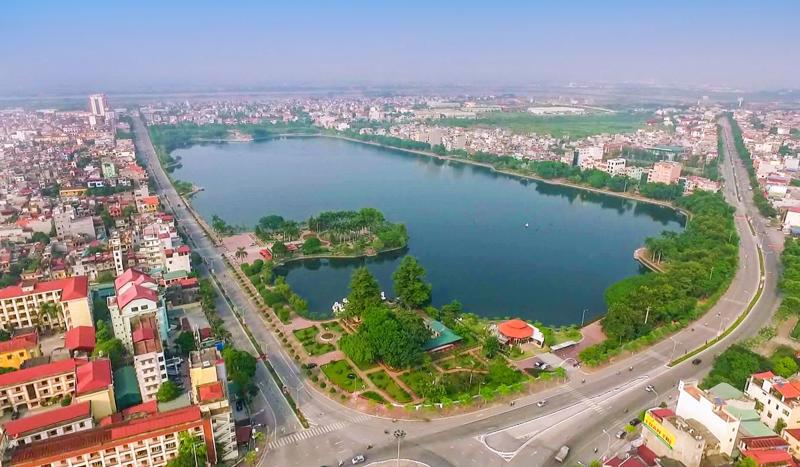
Hai Duong
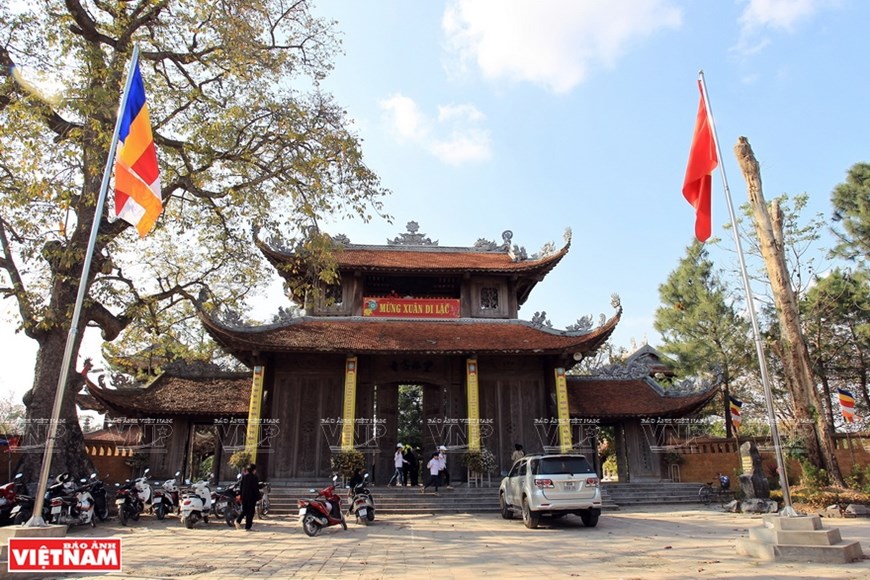
Hung Yen
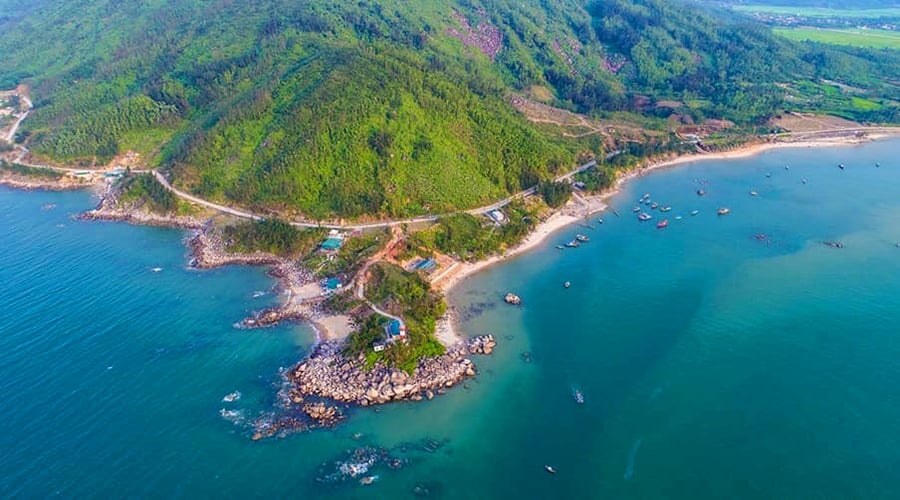
Ha Tinh

Khanh Hoa

Kien Giang

Kon Tum

Lai Chau

Lam Dong
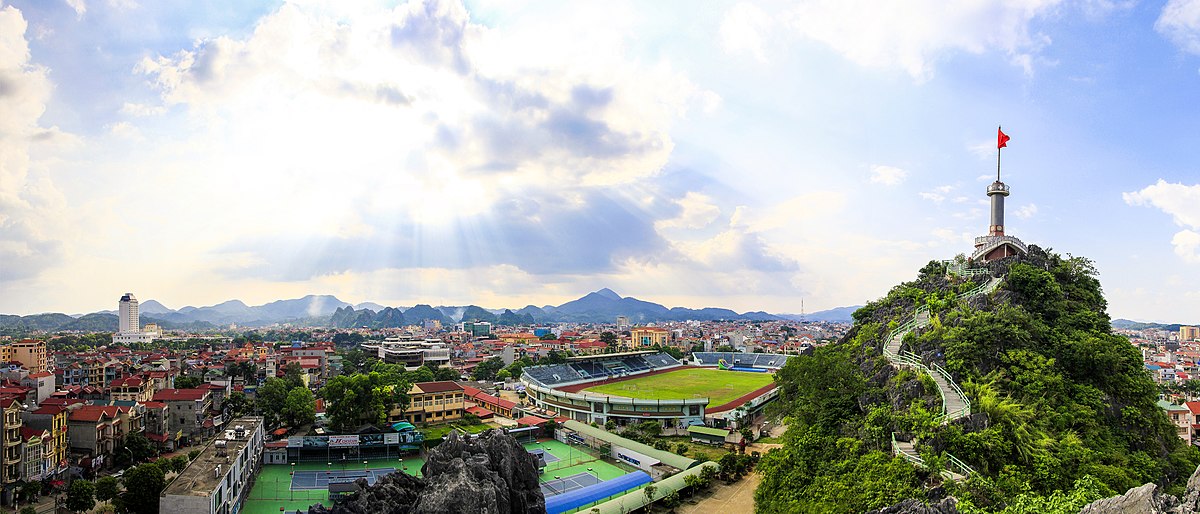
Lang Son
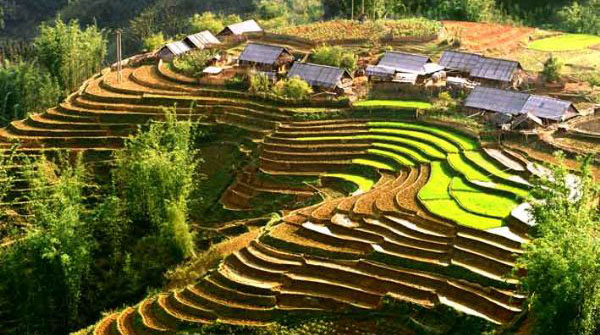
Lao Cai
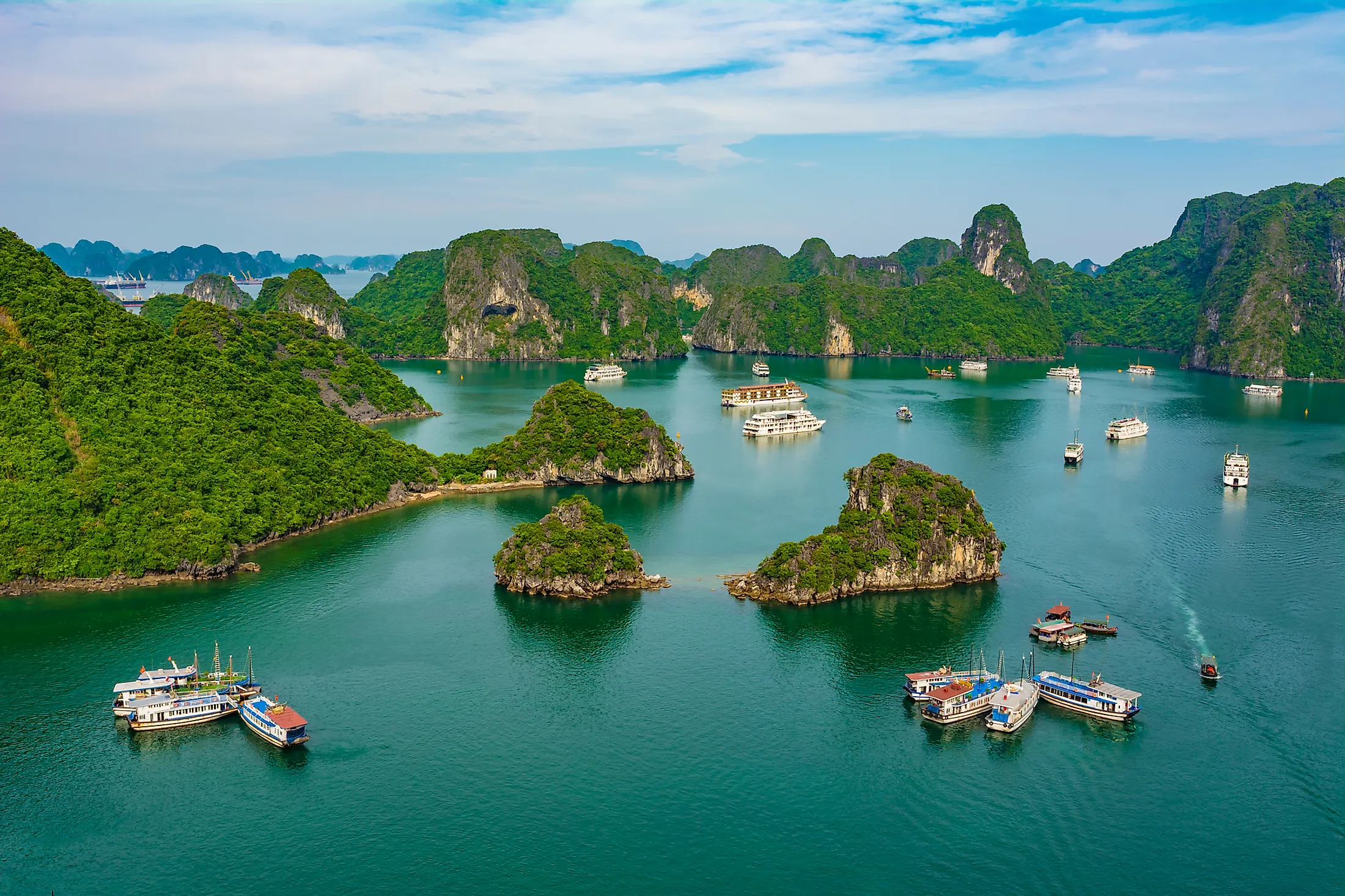
Long An
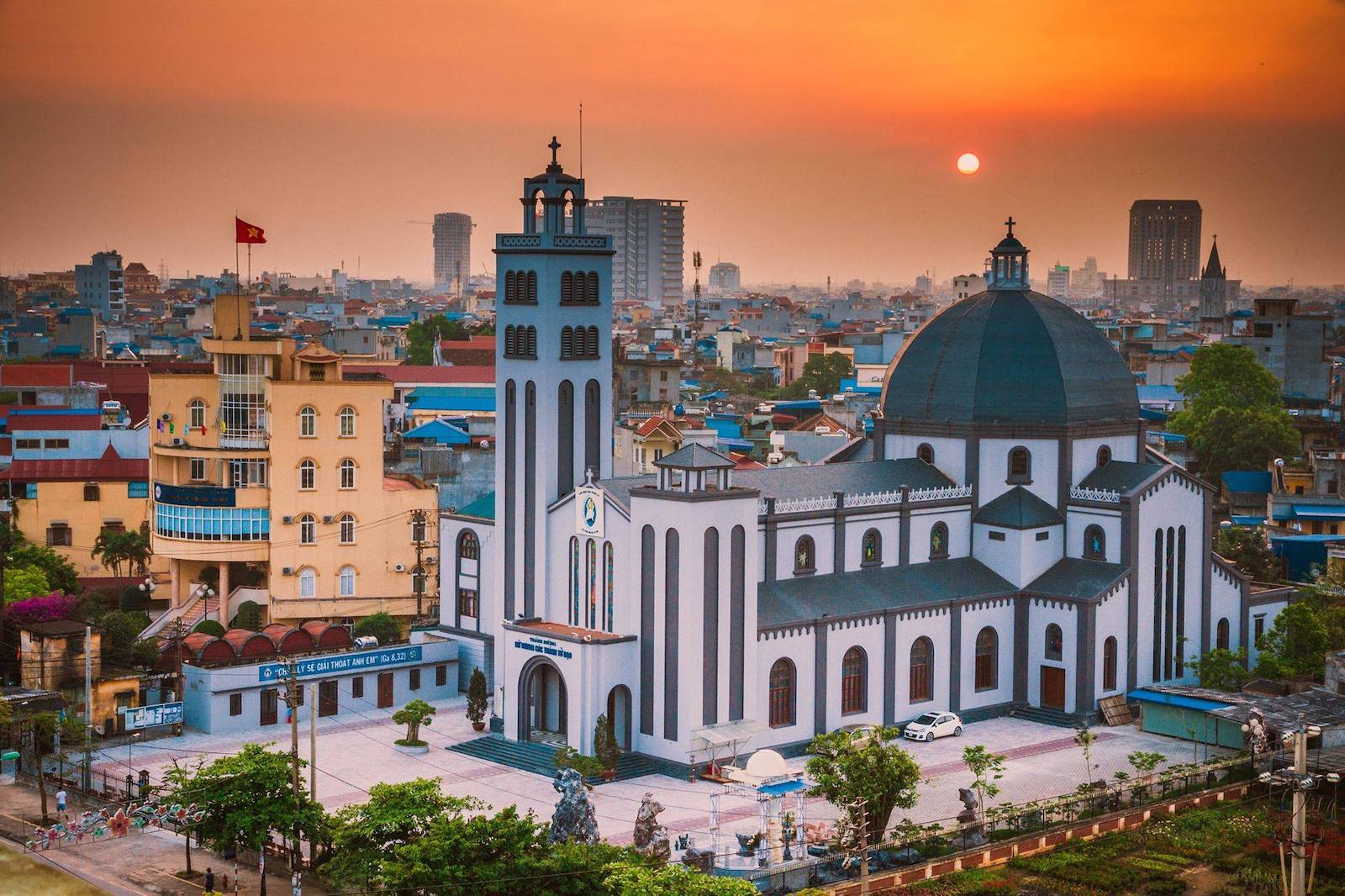
Nam Dinh
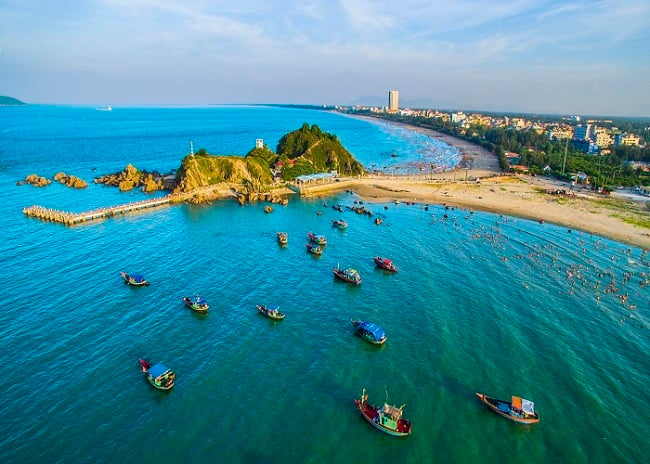
Nghe An
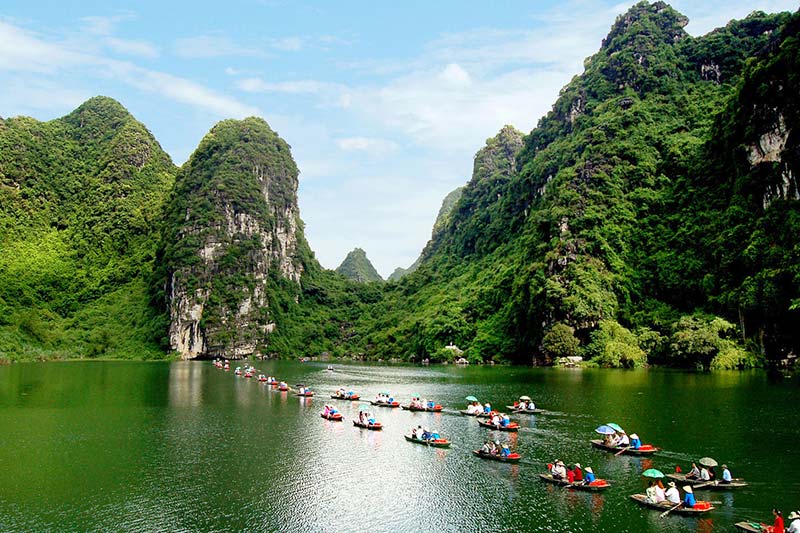
Ninh Binh
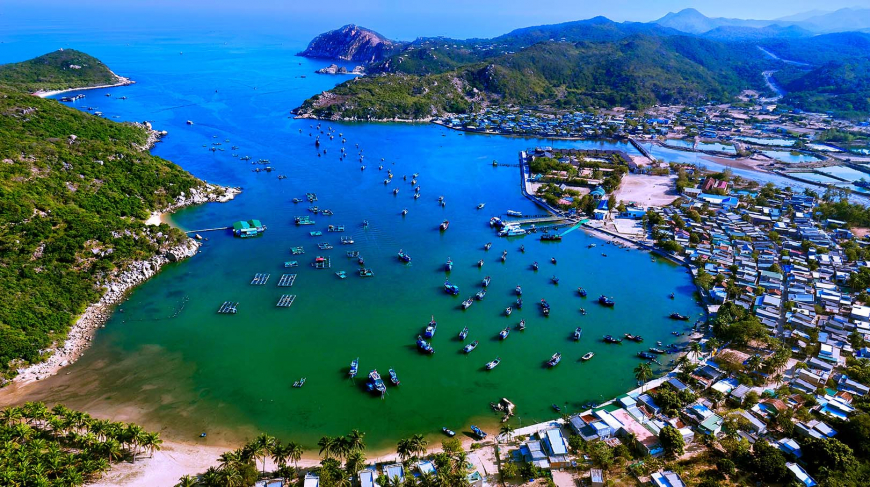
Ninh Thuan

Phu Tho
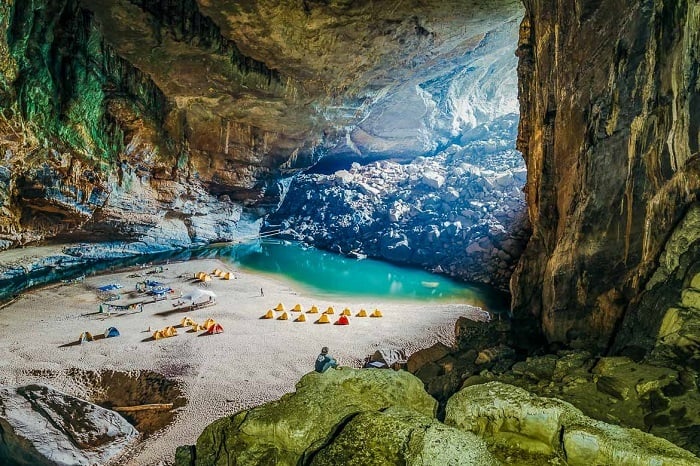
Quang Binh

Quang Nam
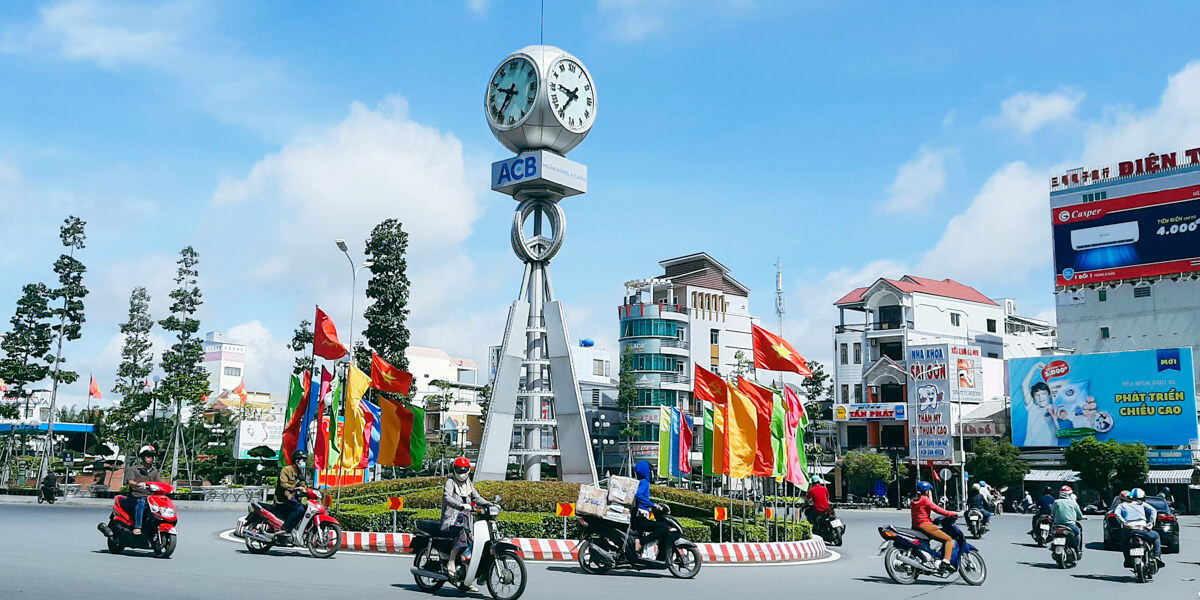
Soc Trang

Quang Ninh

Quang Tri
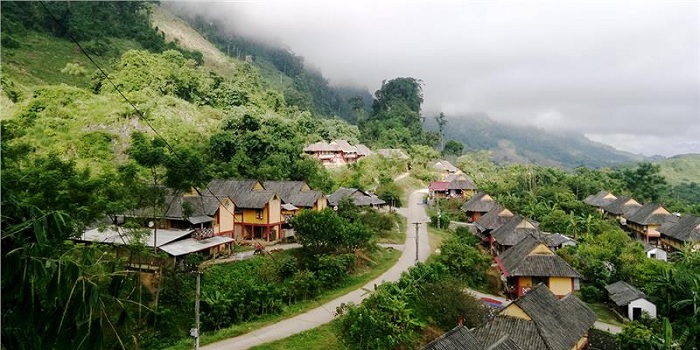
Son La

Quang Ngai
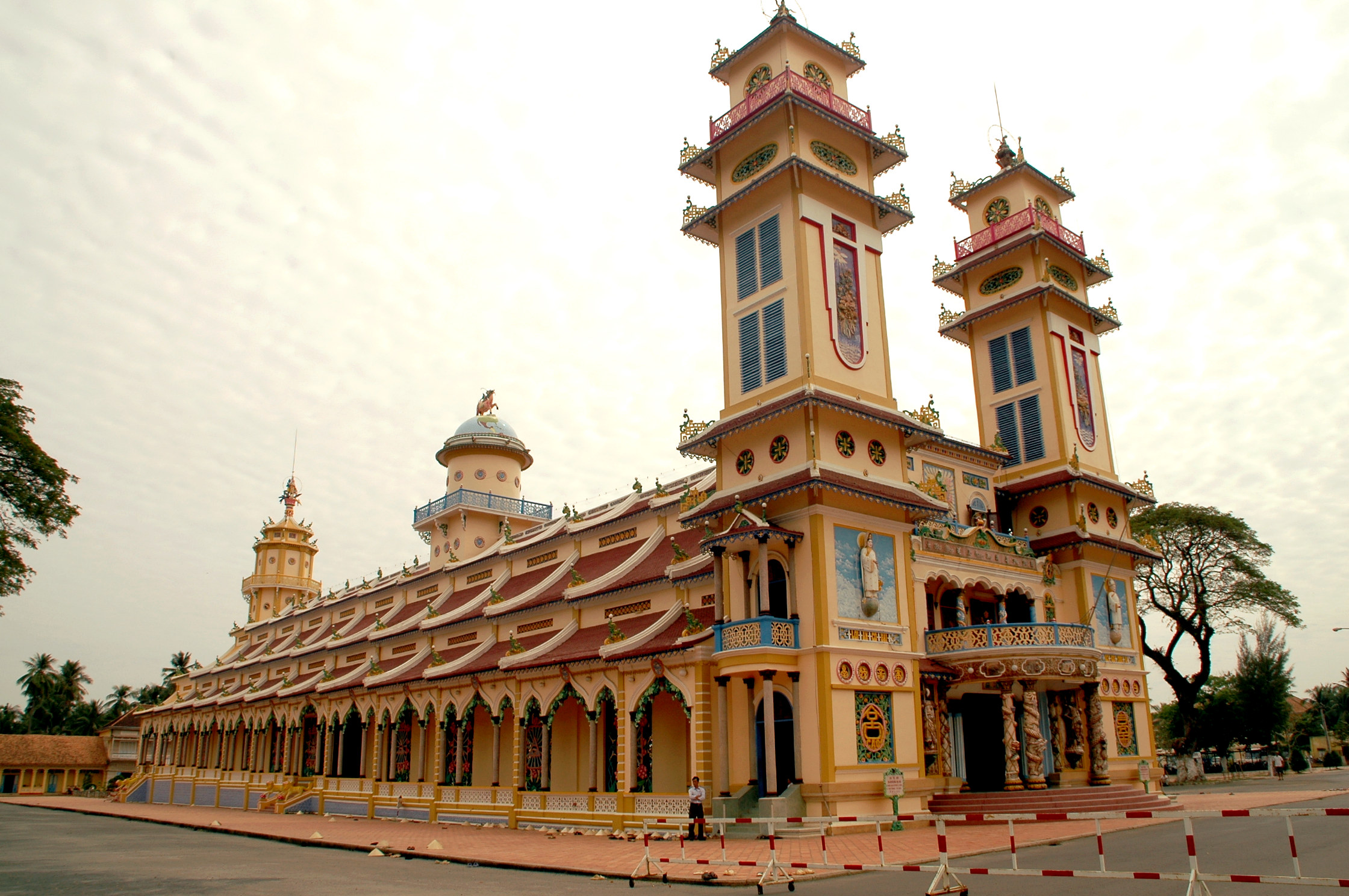
Tay Ninh

Thai Binh
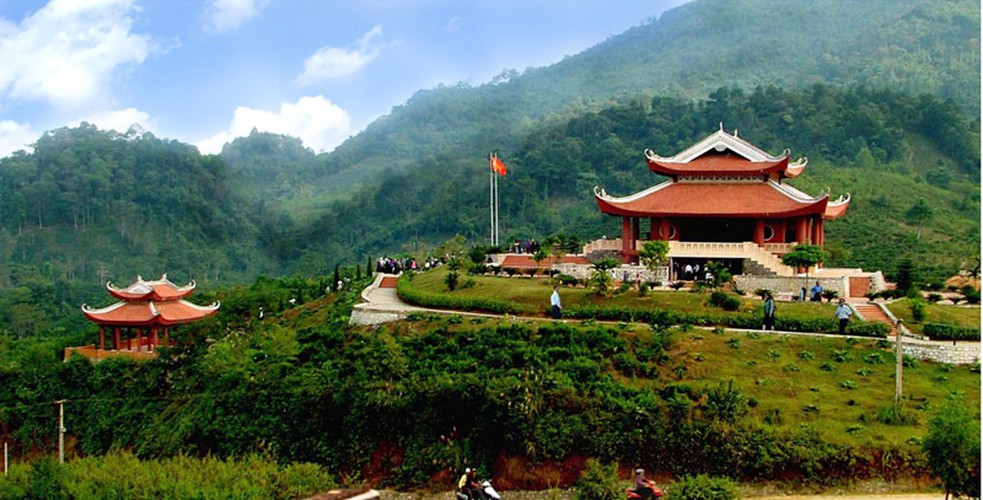
Thai Nguyen

Thanh Hoa

Thua Thien-Hue

Tien Giang
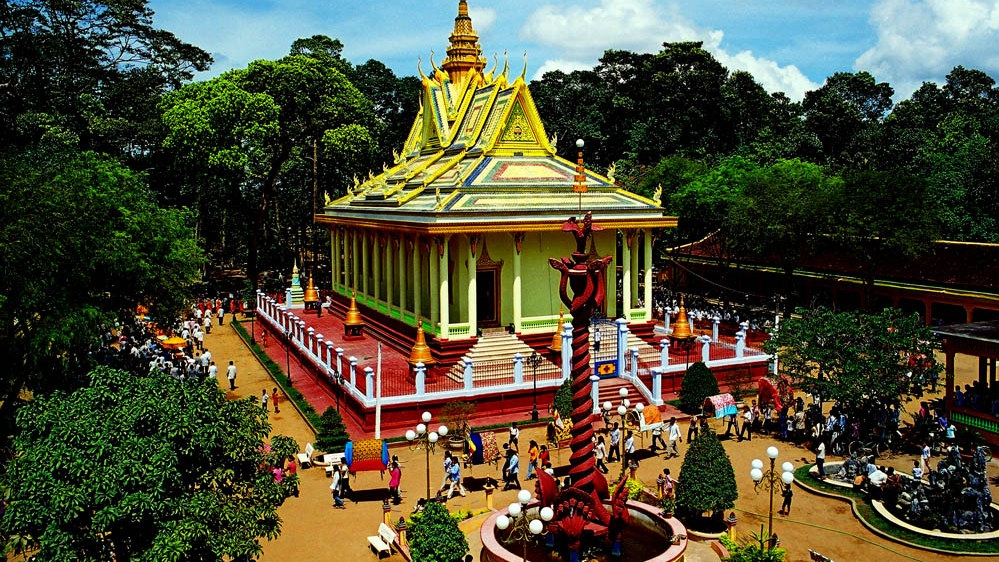
Tra Vinh
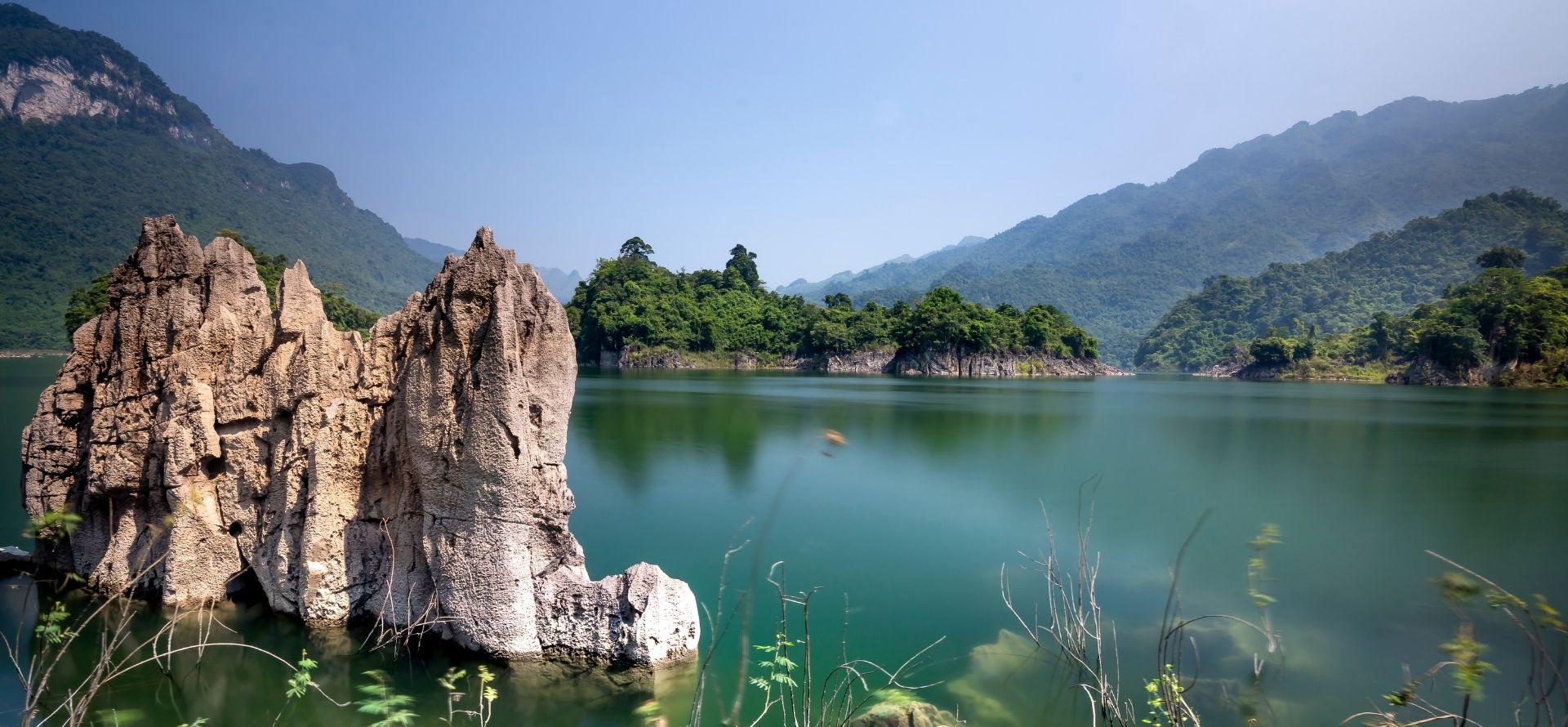
Tuyen Quang

Vinh Long
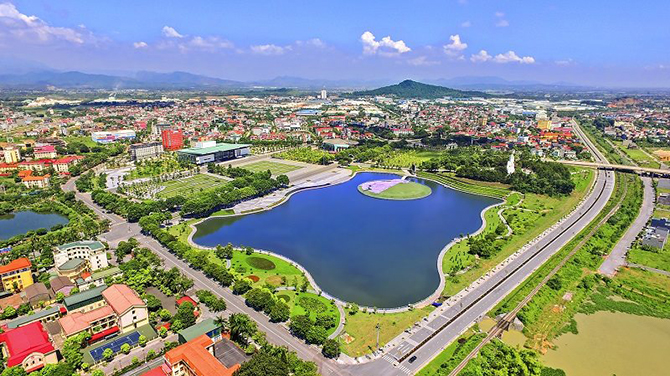
Vinh Phuc
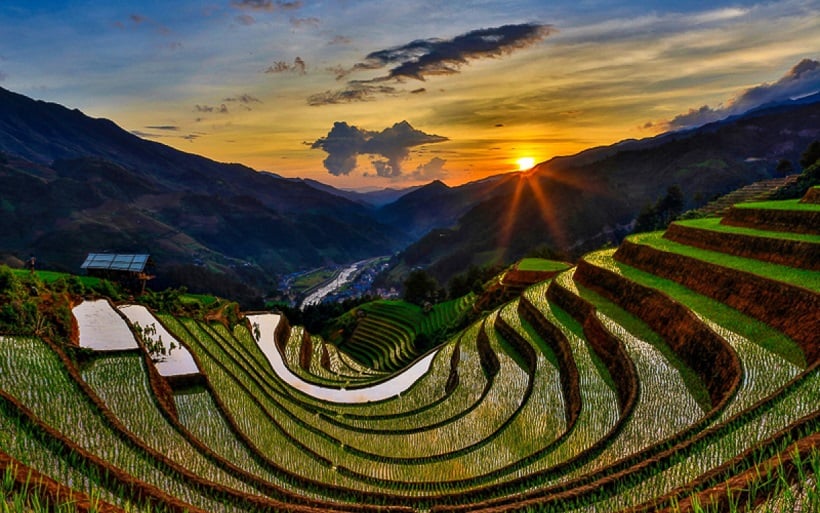
Yen Bai
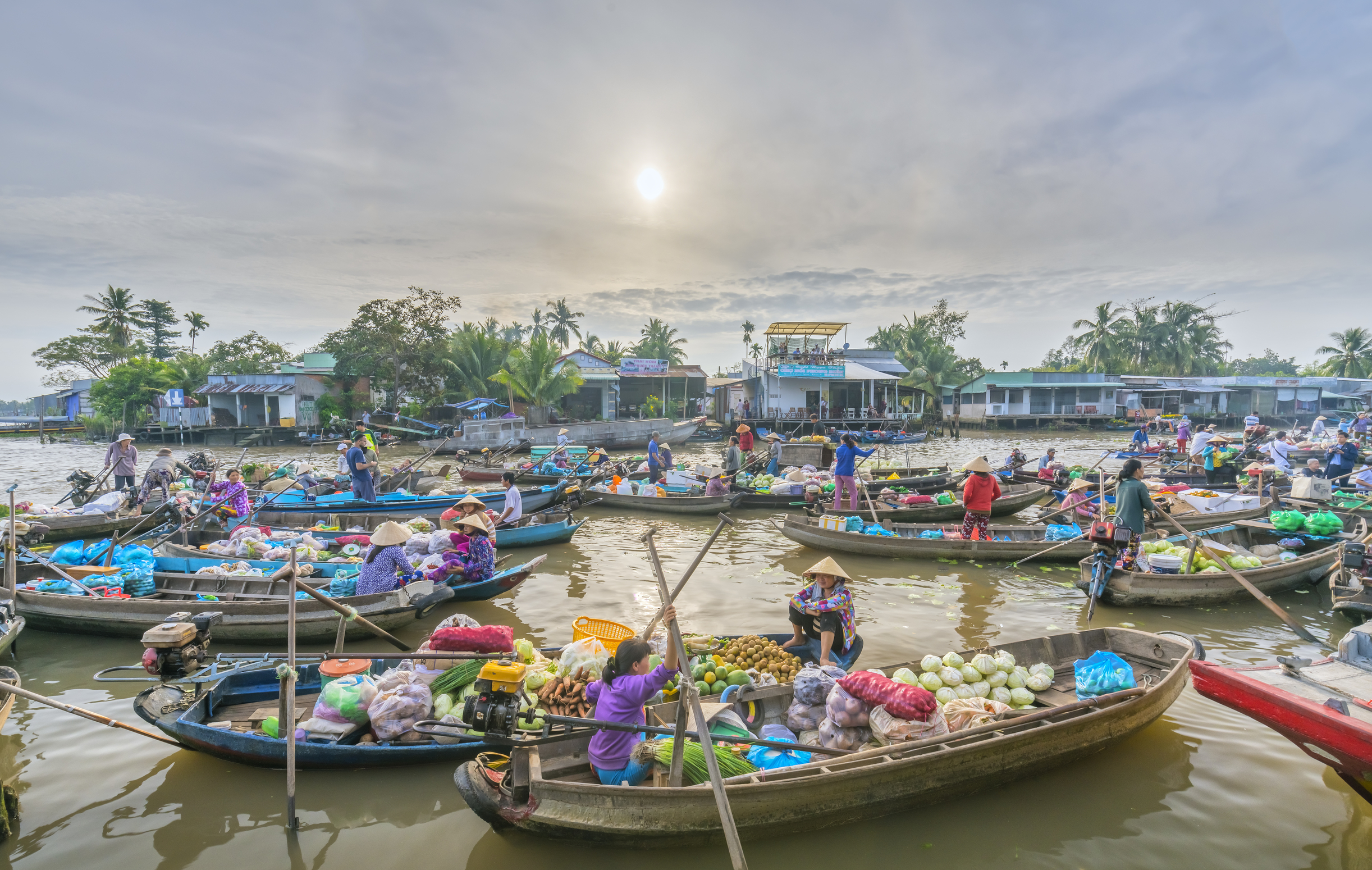
Can Tho

Da Nang
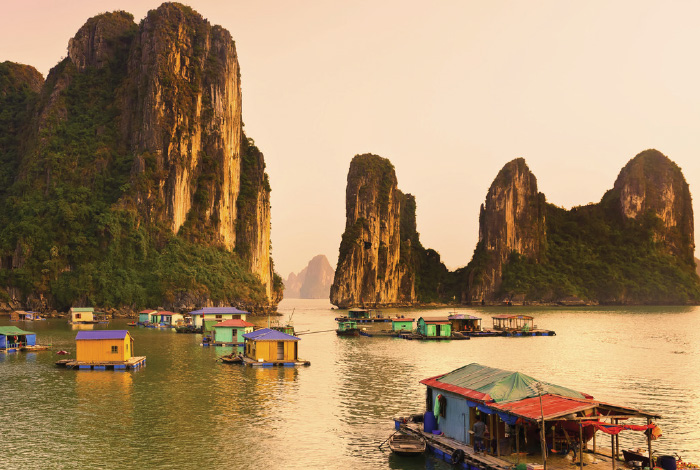
Hai Phong
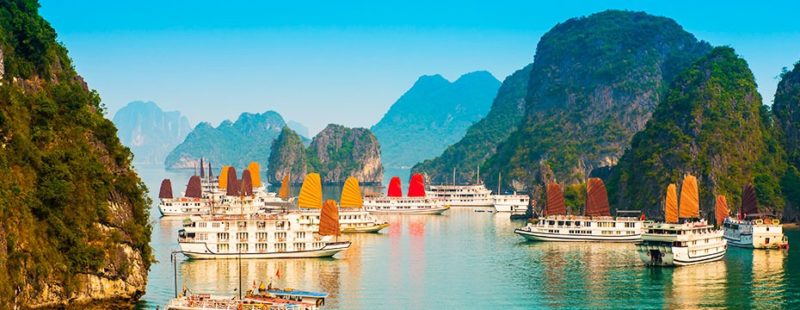
Hanoi

Ho Chi Minh City
Before you go 🛩
Important information you should know before your trip
Info
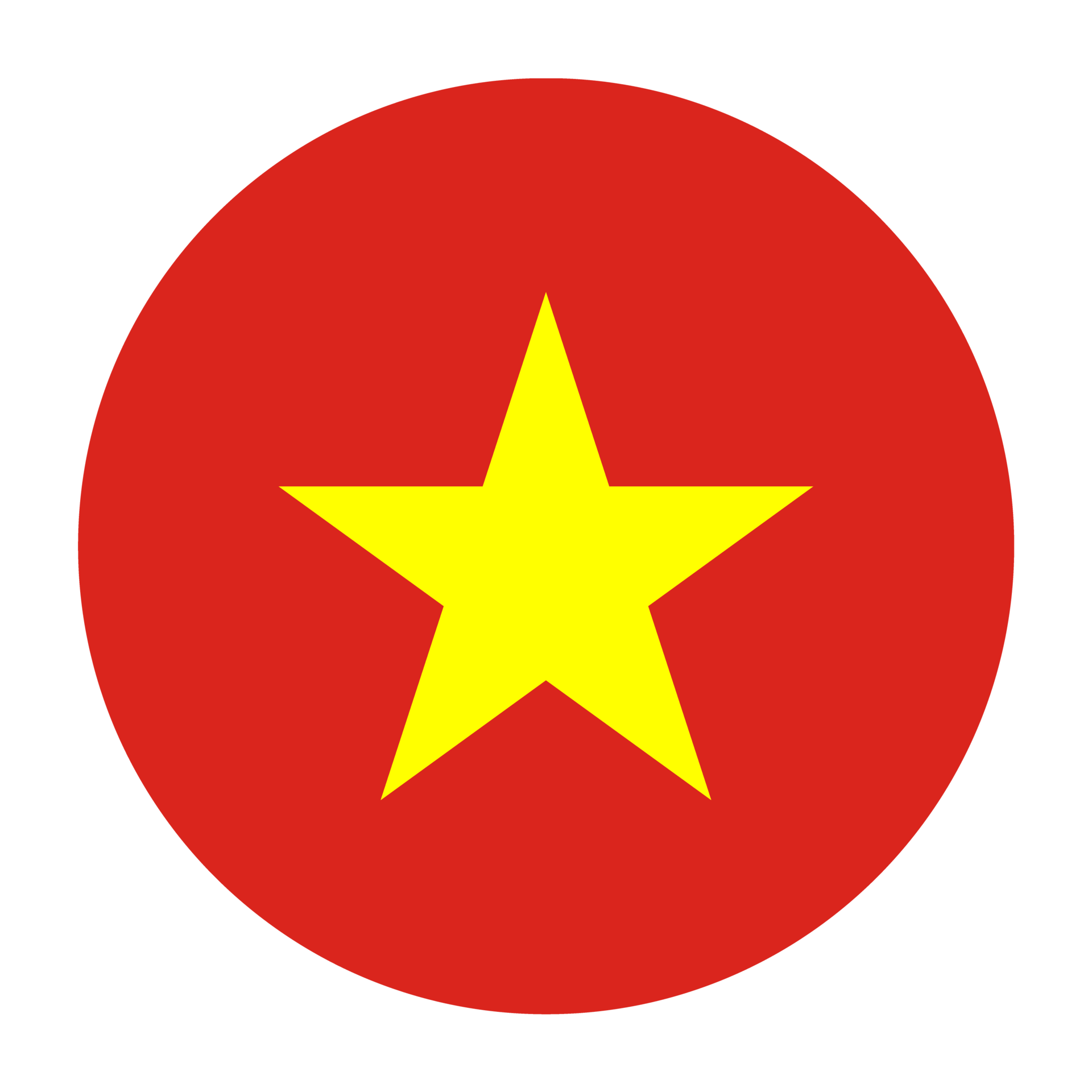
Capital | Hanoi
Flag Codes:
ISO alpha-2 VN,
ISO alpha-3 VNM
Currency
Badge | Dong
CODE | VND
NUMBER | 704
SYMBOL | ₫
FRACTION | hào
Mobile Coverage
Dialing Code | +84
SIM Card
Coverage | 3G / 4G / 5G |
Mobile Networks | Gmobile | Mobifone | Vietnammobile | Viettel | Vinaphone |
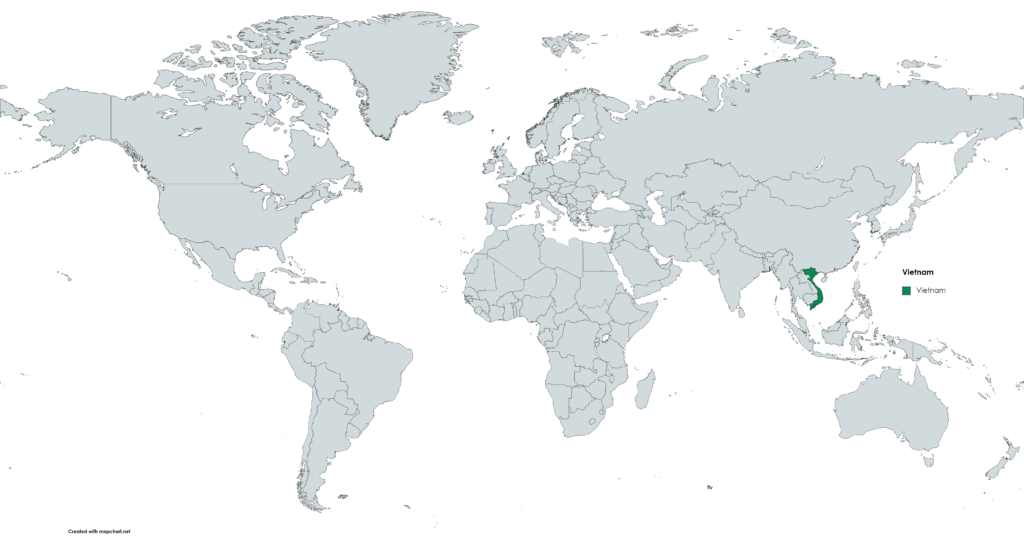
Location
Vietnam is a Southeast Asian country bordered by China to the north, Laos to the northwest, Cambodia to the southwest, and the South China Sea to the east. Its geographical location is strategic, as it is located in a central position in the Southeast Asian region, giving it access to important trade routes and a wide variety of natural resources.
Vietnam has a total area of around 331,000 square kilometers and a population of approximately 96 million. Its capital is Hanoi, located in the north of the country, while its largest city is Ho Chi Minh City, located in the south.
Vietnam’s geography is very diverse, with mountainous regions in the north and center of the country, and a coastal plain in the south. It also has a wide variety of rivers and deltas, such as the Mekong River Delta in the south, which is one of the most fertile regions in the country. Additionally, Vietnam has a long coastline with beautiful beaches and bays, such as Ha Long Bay, recognized as one of the natural wonders of the world.
Currency
The official currency of Vietnam is the Vietnamese dong (VND). It is divided into 10 hào or 100 xu, although due to inflation in the country, the value of the smaller coins is very low and they are rarely used.
The Vietnamese dong is issued in banknotes of different denominations, from 100 to 500,000 VND. The banknotes feature images of historical figures and natural landscapes of Vietnam, as well as cultural and architectural elements.
The Vietnamese dong can be exchanged at banks, exchange offices and some hotels in Vietnam. US dollars are also accepted at some tourist establishments, but use of the local currency is more common in most transactions. It is important to note that exchanging currency outside of official locations can be risky and is not recommended.
Languages
Several languages are spoken in Vietnam, but the official and most spoken language is Vietnamese. It is estimated that more than 85% of the Vietnamese population speaks Vietnamese as their native language. Additionally, Vietnamese is used in education, business and public administration.
Several minority languages are also spoken in Vietnam, such as Chinese, Khmer, Cham, and Tay, among others. These languages are spoken by minority ethnic communities in the country.
Vietnamese is a tonal language, meaning that the tone of a word can change its meaning. The Vietnamese alphabet is made up of 29 letters, including 22 consonants and 7 vowels. Vietnamese writing uses the Latin alphabet, but includes several diacritics to indicate the tones and special pronunciations of some letters.
The Vietnamese language is an important part of Vietnam’s cultural identity and is also spoken in some parts of neighboring countries, such as Laos and Cambodia.
Climate 🌡
Vietnam has a tropical climate that is characterized by two main seasons: the wet season and the dry season. The wet season runs from May to October, while the dry season runs from November to April. However, the climate varies depending on the region and altitude.
In the northern region of Vietnam, which includes the city of Hanoi and the surrounding mountains, the rainy season begins in May and lasts until October. During this period, temperatures are warm and humid, with high relative humidity and a significant amount of precipitation. In contrast, during the dry season, which runs from November to April, temperatures are cooler and drier, and relative humidity is lower.
In the central region of Vietnam, which includes cities such as Da Nang, Hoi An and Hue, the climate is similar to that of the northern region. The rainy season begins in September and lasts until December, while the dry season runs from January to August. Temperatures are high year-round, but humidity is lower during the dry season.
In the southern region of Vietnam, which includes Ho Chi Minh City and the Mekong River Delta, the climate is hot and humid all year round. The rainy season begins in May and lasts until October, with frequent and intense rains. The dry season runs from November to April, but there is still occasional rain during this period.
Vietnam travel tips
If you’re planning a trip to Vietnam, here are some travel tips to enhance your experience:
Visa Requirements:
Check visa requirements before arrival. Apply in advance for a smoother travel experience.
Cultural Respect:
Embrace Vietnamese customs. Dress modestly when visiting religious sites, and remove shoes before entering homes.
Street Food Caution:
Enjoy street food but choose vendors with good hygiene practices. Ensure food is cooked thoroughly to avoid illnesses.
Bargaining Skills:
Bargain when shopping at markets, but do so respectfully. It’s a common practice in Vietnam.
Transportation:
Use reputable transportation services. Taxis, ride-sharing apps, and reputable tour companies offer safe travel within cities and regions. Try local transportation like cyclos or motorbike taxis for a unique and immersive experience. View Guide.
Public Etiquette:
Respect local customs, such as removing hats when entering temples. Be mindful of your actions in public spaces.
Explore Local Markets:
Visit local markets for an authentic experience. They offer fresh produce, handicrafts, and a glimpse into daily life.
Enjoy your time in Vietnam!

The best of the best
Vietnamese food is one of the most delicious and varied in Southeast Asia. It is characterized by the use of fresh ingredients and the combination of sweet, salty, sour and spicy flavors.
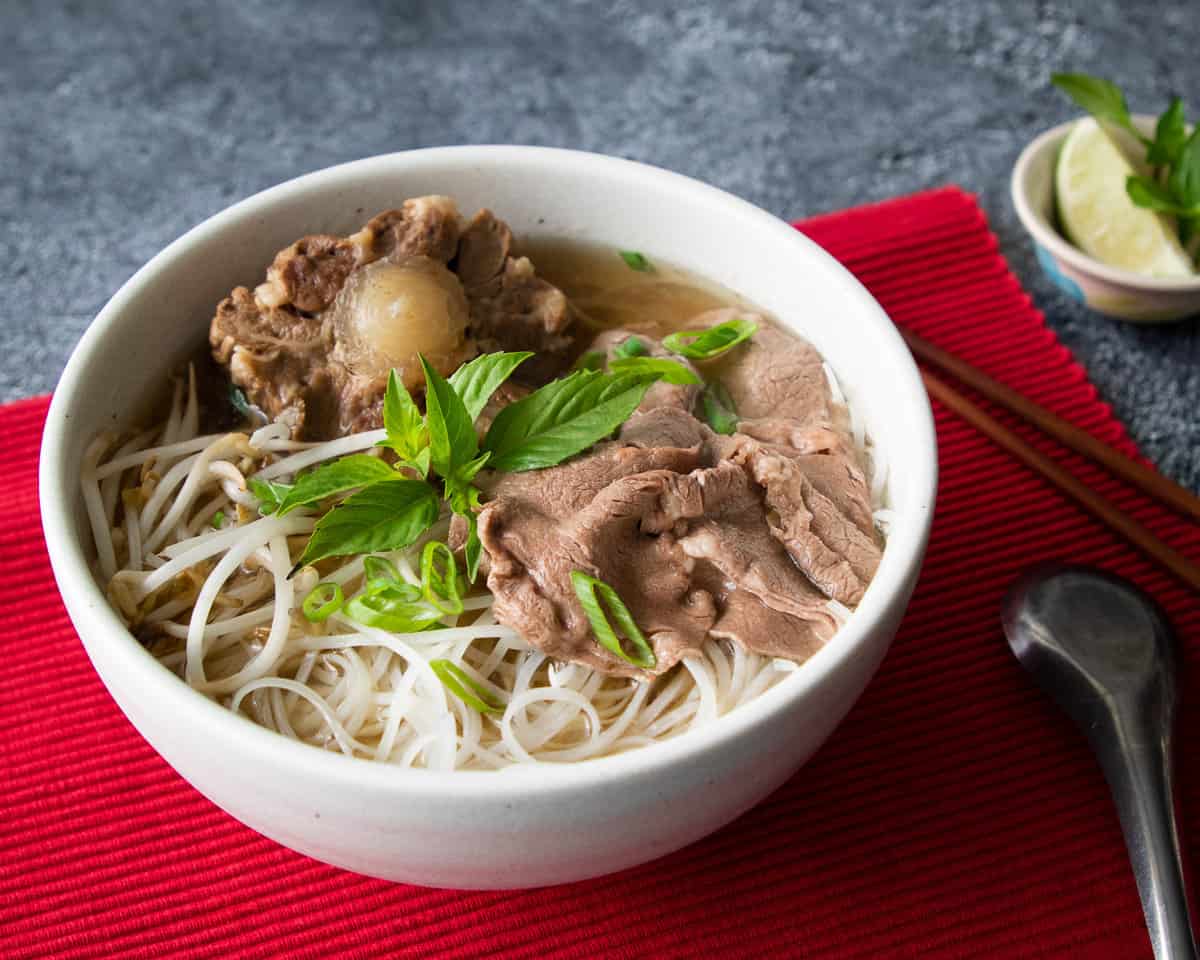
Phở
It is a rice noodle soup with beef or chicken, fresh herbs and spices. It is one of the best-known dishes in Vietnam and can be found anywhere in the country.
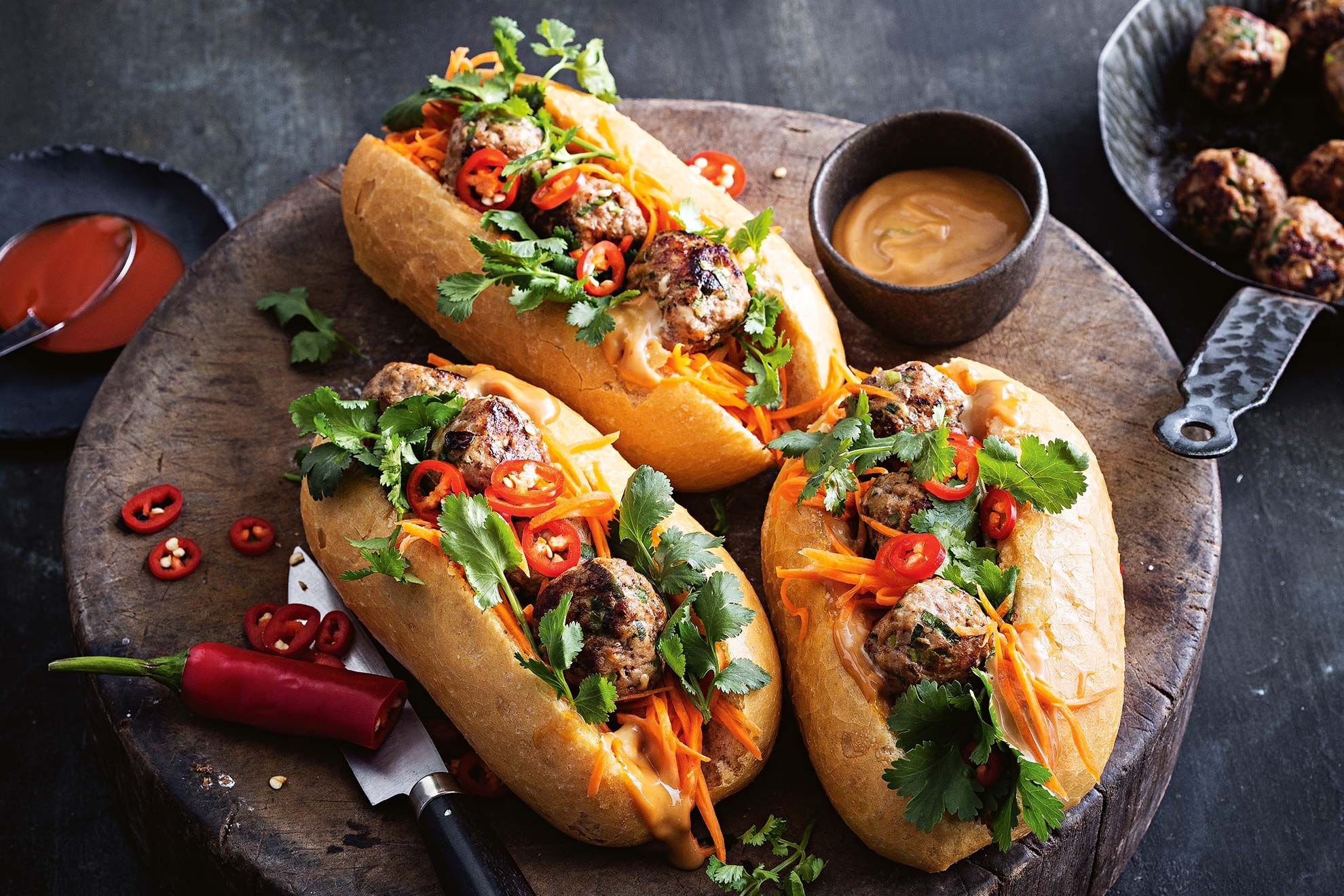
Bánh mì
It is a sandwich made with a French baguette, marinated pork or chicken, pickled carrot, cucumber, cilantro and mayonnaise and chili sauce. It is a dish that reflects the French influence on Vietnamese cuisine.
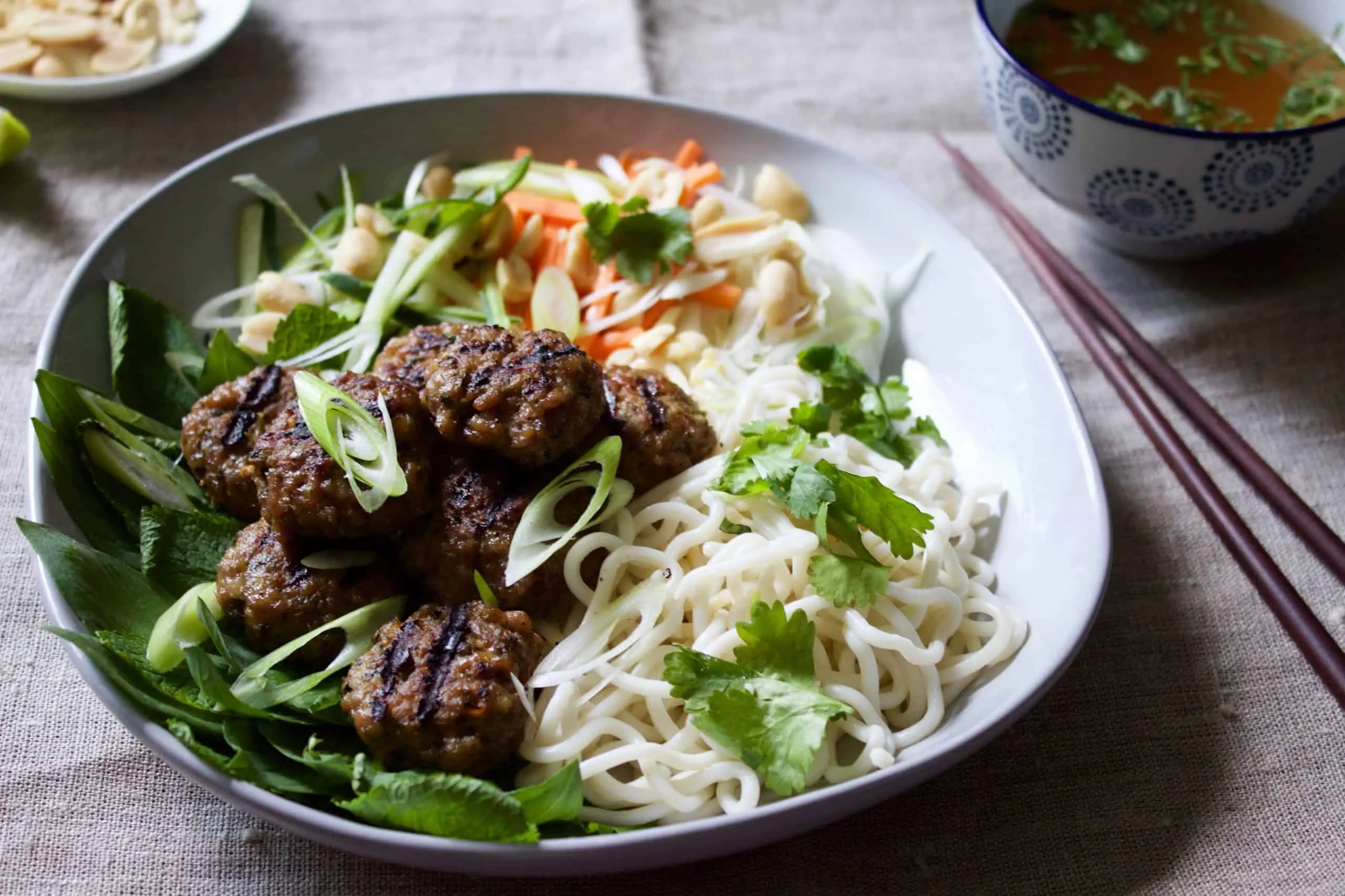
Bun cha
It is a dish of grilled marinated pork served with rice noodles, fresh herbs and fish sauce.
Below, we present some of the typical Vietnamese foods that you cannot miss during your visit:
Nem ran: These are fried spring rolls filled with pork, carrot, mushrooms and rice noodles. They are served with sweet chili sauce or fish sauce.
Cơm tấm: It is a white rice dish served with marinated grilled pork, fried egg, pickled cucumber and fish sauce.
Gỏi cuốn: These are fresh summer rolls filled with pork, shrimp, lettuce, fresh herbs and rice noodles. They are served with peanut sauce or fish sauce.
Bún bò Huế: It is a spicy rice noodle soup with beef and pork, lime, fresh herbs and chili. She is originally from the city of Huế in central Vietnam.
Xôi: It is a dish of glutinous rice cooked with beans, coconut, peanuts or shredded pork. It is served as a main dish or as a dessert.
Chả cá: It is a grilled marinated fish dish served with rice noodles, fresh herbs, peanuts and fish sauce. He is originally from the city of Hanoi.
Cà phê đá: It is a Vietnamese coffee made with finely ground coffee and served with ice and condensed milk. It is a refreshing and sweet drink that can be found anywhere in the country.
Don’t hesitate to try other dishes and experience the diversity of Vietnamese cuisine during your visit.
Transportation 🚥
More information about this country
Choose your destination 📍🗺
Useful Links ✅



